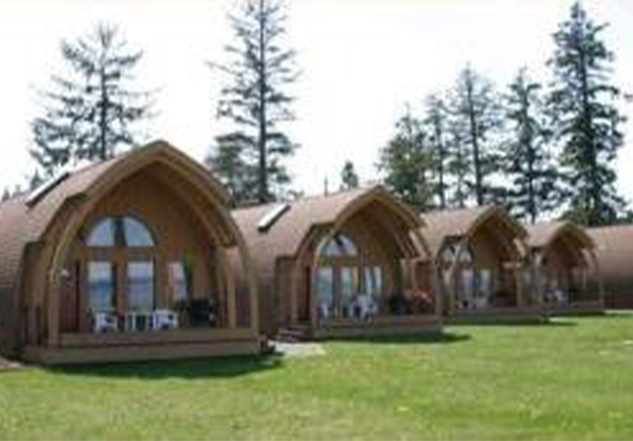
Architectural personalization is part of human culture, and today people are placing increasingly higher demands on this cultural aspect. Personalized Product Customization — RUNDONG creates exclusive products for you!
Panel Buildings
Constructed by assembling large prefabricated internal and external wall panels, floor slabs, and roof panels, this is also known as large-panel construction. It is a major type of fully assembled building in the industrialized construction system. Panel buildings can reduce structural weight, improve labor productivity, expand usable building area, and enhance seismic resistance. Internal wall panels are mostly solid or hollow reinforced concrete panels; external wall panels are often reinforced concrete composite panels with insulation layers, and can also be made of lightweight aggregate concrete, foam concrete, or porous concrete with exterior finishes. The building’s internal equipment often uses centralized indoor piping systems or prefabricated bathroom units to enhance assembly efficiency. The key technical issue in large-panel buildings is the design of joints. Structurally, the integrity of component connections must be ensured (the main connection methods between panels include welding, bolting, and cast-in-place concrete connections). Waterproofing measures must properly address the seams between external wall panels, as well as the thermal treatment of floor joints and corners. The main disadvantage of large-panel buildings is the significant limitation on architectural form and layout. For small-span, transverse load-bearing panel structures, internal partitions lack flexibility (longitudinal wall structures, internal column structures, and large-span floor slab systems allow for flexible internal division).


Leave a Reply